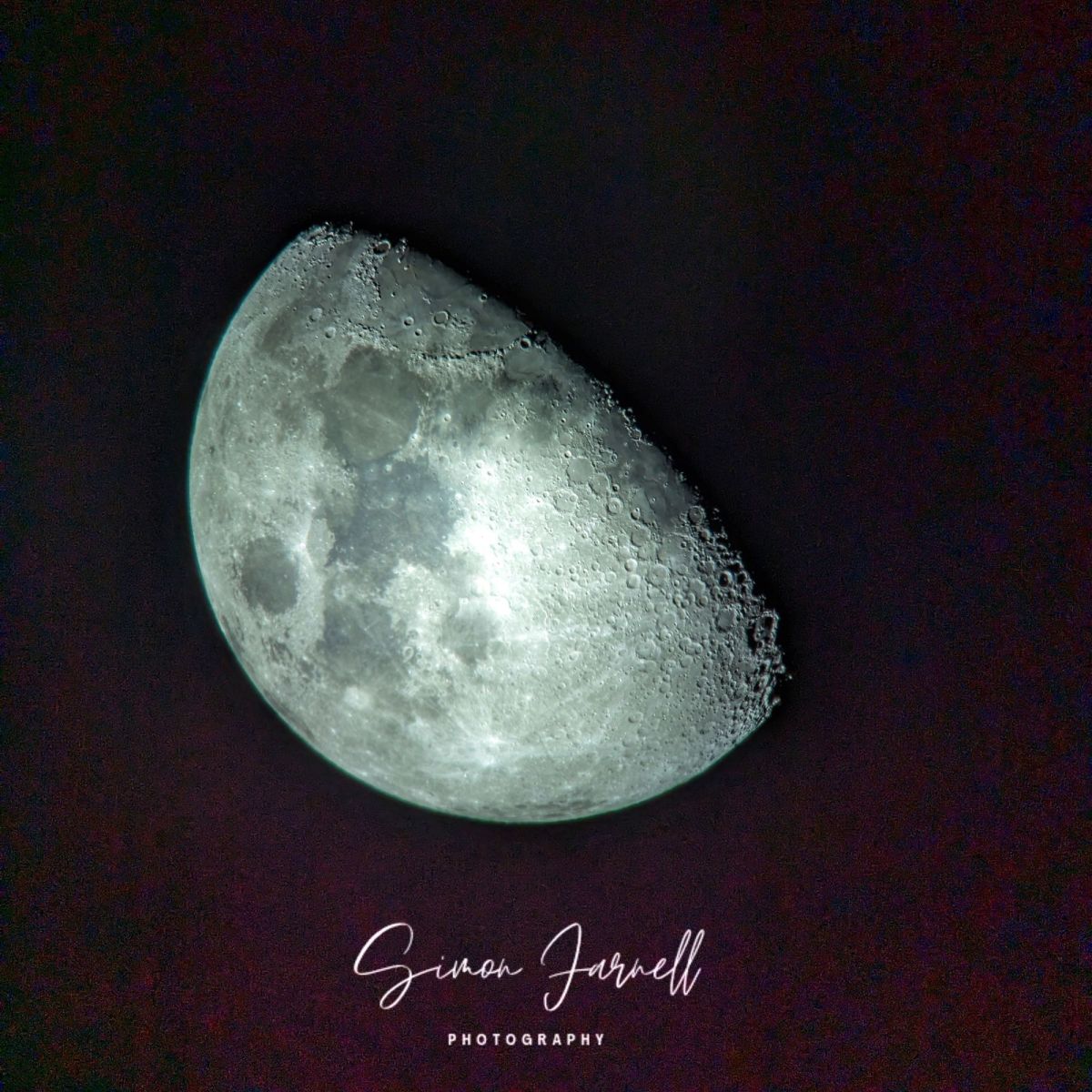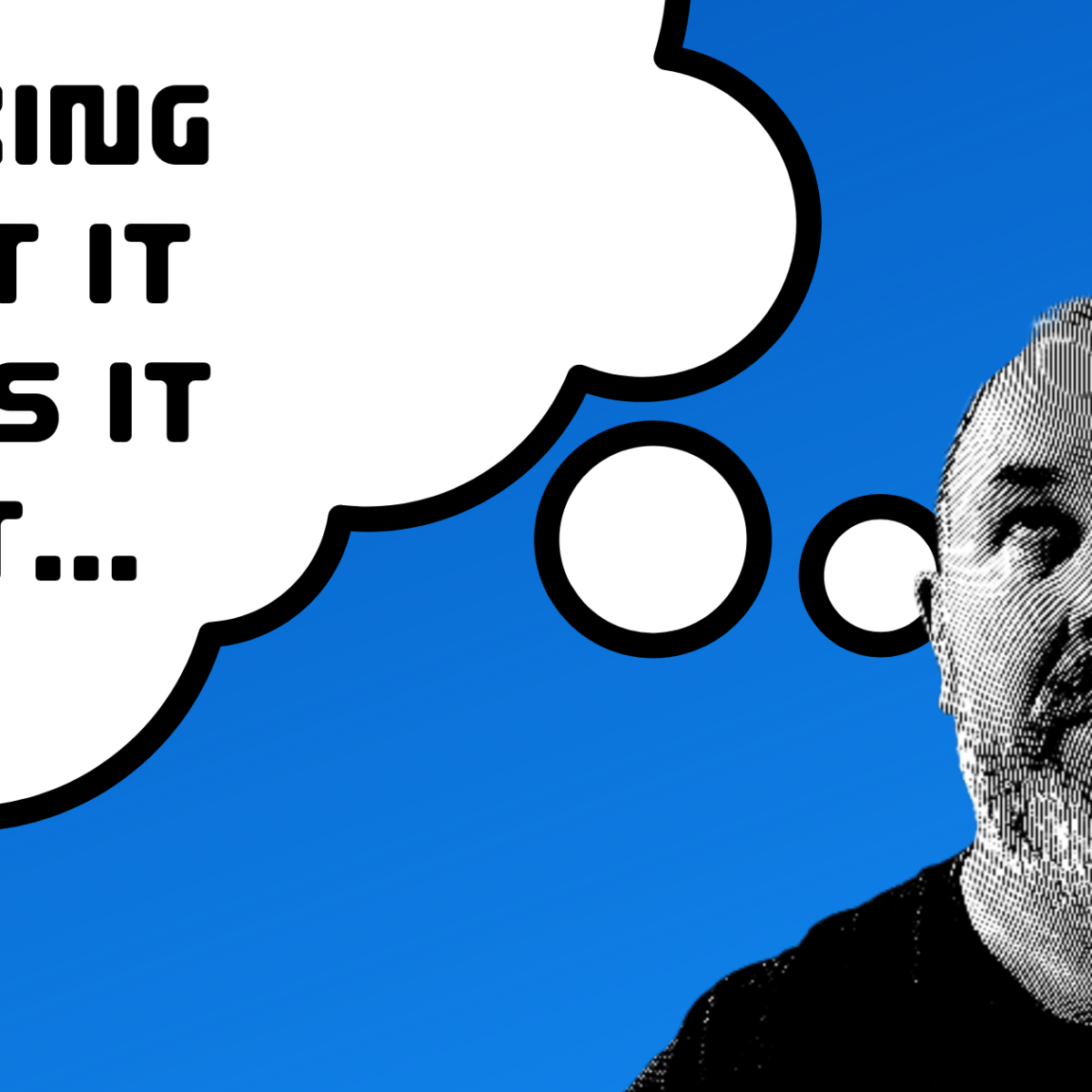From the Earth, to the Sun and out towards the great interstellar unknown every object has it’s story. All these things making up the universe, our solar system and life on Earth is as much a part of this great infinite clockwork. In fact the word Cosmos means the universe as a complex, ordered entity, delicately tied together with forces and matter. We are the great paradox, the universe looking upon itself and learning, maybe giving it meaning. Epic and almost unimaginable events have unfolded to make the Cosmos as we see it now, stories have unravelled before there was even a human around to tell the story. Long after the human race is gone the great cosmic story will keep unfolding until time is meaningless. Slowly we pick up the events piece by piece and these Stories of the Cosmos tell some of what currently know and understand.
One Droplet in the Infinite
The most unmistakable and unmissable astronomical object in our skies is undoubtedly the Sun. It brings light to our days, warmth to our bodies and enables all living things we know to grow and to live. Without the Sun there would be no life on Earth and the surface would be cold and desolate. We assume each day the Sun will rise and will set in the evening we take it for granted. The Sun is a remarkable object with what we know of it now and yet there is still much about it that is a mystery to us.
Yet what is the Sun? It’s the only object quite like it in our skies, apart from a pale Moon the only object beyond our skies that we can see in the daytime. Very simply the Sun is a star, the closest star to our planet. Compared to the other stars we can observe in the night sky it’s not terribly big or bright. It’s a typically unremarkable star, if we were to travel the the nearest star Alpha Centauri and look back at where we came we would not be able to see it with our human eyes. So even in just the local galactic scale our Sun does not stand out, it seems insignificant. Yet to us it is the the giver of light and heat the most important elements for maintaining life. However spectacular the sun is, it has not given us everything. The Sun, like ourselves, the Earth and all the planets in the solar system are made of the ashes of dead stars.
But how did the Sun come into being? Why does it even matter?
The question of where our Sun came from is linked to our very own creation and the creation of the world and everything in it. The Sun gets its energy from nuclear fusion, the process of fusing atoms together and generating immense energy in the process. For all this immense energy though our Sun has only fused Hydrogen into the heavier element Helium. Elements heavier than Helium elements like Oxygen, Carbon and Iron that from the building blocks of planets and life cannot and have not yet been created from the nuclear fusion within our Sun.
So where has it come from?

Death of a star – Birth of our Sun
Billions of years in distant past, before life on Earth, before the planets and the Sun another star or stars burned brightly in the cosmos. This star was likely far bigger and burned far more brightly than our Sun as with large stars their life is relatively short, burning their hydrogen fuel quickly and fiercely. As the star aged the elements it fused became heavier and heavier until it’s life ended in a supernova.
In this last violent act the heaviest of elements were created like Gold, Platinum and Uranium. While these elements were created, these and others were thrown out into the vastness of space in a nebula of gas, rich in materials. This nebula would likely have spanned many light years covering what to us would be an unimaginable area of space. After untold eons the cloud of gas and dust began to condense and clump together, there would have been many clumps like this and one of them, one of these clumps, was to form our Sun. Seeded from the condensed gas and dust our Sun began to form.
The pull of gravity drew more and more material towards it, increasing its mass and squashing the hydrogen atoms in its core tighter and tighter until the pressure and temperature became so great that the fusion heart of our star ignited and started to burn. This burn is the process of converting hydrogen into helium and we see every day our Sun burning around 6 million tons of hydrogen every second and has done for billions of years. from what we know the Sun is nowhere near the end of it’s life and will keep on burning in same way for billions of years to come.
The excess matter around the Sun that was left over also began to condense, rock and and gas and dust clumped together around it and the planets also began to form. Each one of them just in the same way as our Sun attracting more and more matter to itself, but only the Sun collected enough matter to fire the fusion fires at its core. One other object in our solar system had the potential to become a star. The great gas giant Jupiter, it’s mass so great that it could have drawn in far more matter. After the ignition of the Sun, much of the mass it could have collected was blown away, outwards away from the Sun. Even though to the naked human eye Jupiter clearly isn’t burning, when we look at it in the infra red spectrum it give out far more heat than it receives. This makes this beautiful, colourful giant of the cosmos an almost star that could so nearly have been.

Images remain property of original owners.
Simon’s Space

My Recent Posts:
Earth Day 2024
Earth day for 2024 is today! The theme is water for 2024 and this really is where we should be thinking about the planet. The basic elements water and soil are fundamental to life and on sustaining life. It’s said…
Keep readingI’m going to be selling my photo’s
Heull there bloggies, I hope you’re good because I have some exciting news. I have signed up with Picfair to have a stab at selling my pictures. As many of my followers old and new have witnessed I like taking…
Keep readingThinking about it makes it Hurt – My Souper Experience
I’m sorry, it’s me – I can’t help it. I’ve tried to keep the insanity from the door of this corner of the web but I can’t do it any longer. The world in which we live is wonderful, beautiful…
Keep reading



I appreciate the detailed info! So many unknowns and curiosities.
LikeLiked by 1 person
That’s the beauty of it 🙂
LikeLiked by 1 person
How incredibly fascinating
LikeLiked by 1 person
Thanks for this, Simon–it’s simultaneously fascinating and terrifying to think about!
LikeLiked by 1 person
I know it really is isn’t it? 🙂
LikeLiked by 1 person
An excellent overview of how our solar system began with a pertinent reminder we are not the centre of the Universe.
Well done Simon
LikeLiked by 1 person
That’s the thing… we are not the universe. Just a spec in it.
LikeLiked by 1 person
And we should remember that. A great bucket full of perspective whenever we get too full of ourselves.
LikeLike
Just mind blowing.
LikeLiked by 1 person
It really is isn’t it?
LikeLiked by 1 person